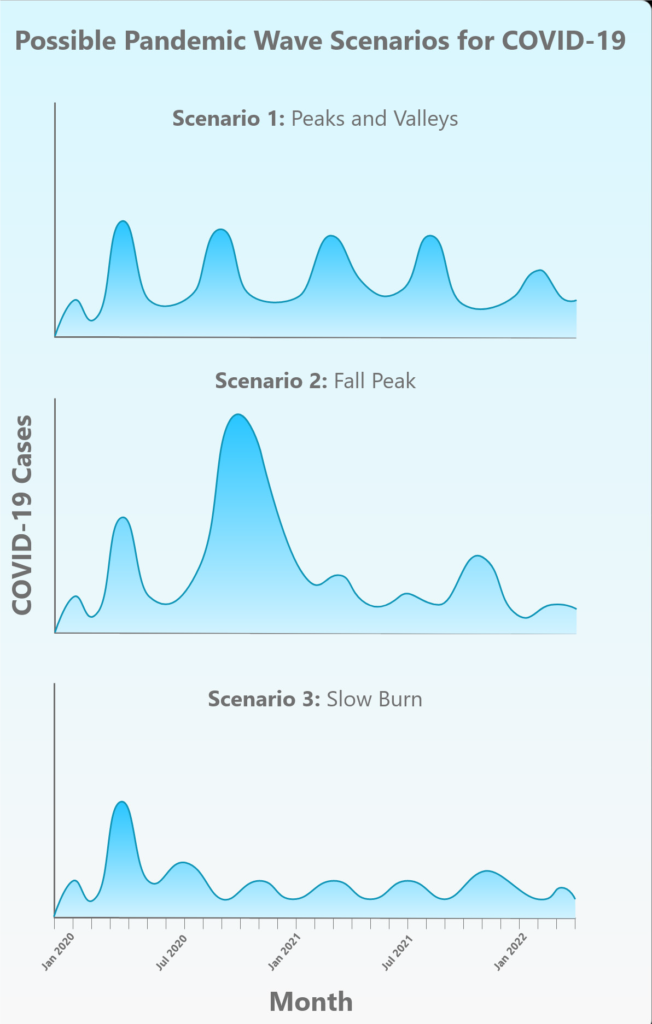
Fellow Americans:
Have you heard people talking like COVID-19 is over? We are so eager to get back to normal. It’s understandable. As a medical doctor, I’m afraid we’re letting our guard down too soon. The truth is COVID-19 is not over. This may be just the first of several waves of infection.
Medical experts from around the world agree. The Center for Infectious Disease Research and Policy (CIDRAP) recently published a report on the future of this pandemic. It calls COVID-19 the worst global health crisis in more than 100 years. It also states there is “no crystal ball to tell us what the future holds.” The report says we should be looking to other recent flu outbreaks for answers to our current situation. And CIDRAP says we should be paying special attention to what sets COVID-19 apart.
The first difference is the incubation period. For influenza it’s two days. For COVID-19 it’s five days. The longer a disease can go undetected the more likely it is to spread.
The second difference is the number of people who show no sign of infection. Public health officials estimate that 25 percent of those infected will not have symptoms. That means they could be infecting others and don’t know it.
The final difference is when someone is most contagious. Typically, people are more likely to catch the flu when someone who is infected looks their sickest. But with COVID-19, people are most contagious before they show any symptoms – again, if they have symptoms.
So what does the future look like for COVID-19? CIDRAP says there are three possible scenarios. Please know that I share these with you out of sincere concern for your health – not to cause you stress or create fear.
- Scenario One ― Begins with an initial wave in spring 2020 followed by a series of smaller waves of infection that last up to two years.
- Scenario Two ― Begins in spring 2020 and is followed by a second, larger wave this fall or winter and a smaller one in 2021. If this happens, communities will likely return to quarantines.
- Scenario Three ― Begins in spring 2020 and is followed by what CIDRAP describes as a “slow burn.” That means there’s no clear pattern. This scenario would likely not cause communities to return to quarantines, but infections and deaths would continue.
No matter the scenario, CIDRAP says we should prepare for another 18 to 24 months with COVID-19. I urge those of you who the CDC identifies as being at greatest risk ― people age 65 or older, with lung disease or moderate to severe asthma, people with diabetes, liver or heart disease ― to continue with preventive actions. Continue to self-quarantine. Practice social distancing if you must go in public. Wash your hands often. Your actions are your greatest protection against this deadly disease.
Take care – not just of yourself but your loved ones. We are all in this together. Remember, stay safe, stay home!
Diagrams: https://www.cidrap.umn.edu/sites/default/files/public/downloads/cidrap-covid19-viewpoint-part1_0.pdf
